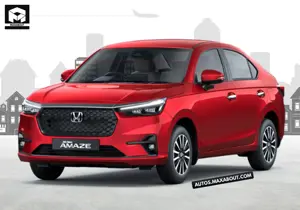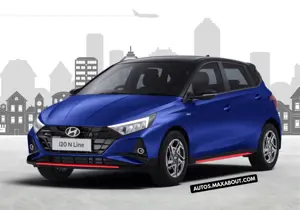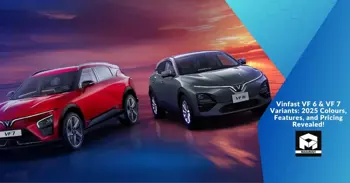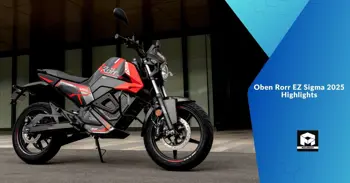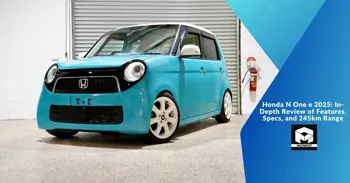Ambulance light colors can vary to signify different types of responses and the nature of the emergency. Here are the key meanings:
**Red lights** are commonly associated with emergency situations and are used by ambulances to signal a risk-to-life situation, requiring immediate action from other drivers to yield or stop[5).
**Blue lights** are often used in combination with red lights on ambulances, especially in certain states, to increase visibility and public recognition. This combination is meant to denote authority and the need to clear traffic[5).
**White lights** are frequently used in combination with red or blue lights to enhance visibility. They can be used as takedown lights, rear-facing work lights, or in flood mode to illuminate the scene[5).
**Green lights** may be used by volunteer EMTs or paramedics responding to an emergency call. In some regions, green lights indicate a command vehicle or a stationary ambulance, and they are subject to local restrictions[5).
These color combinations help communicate the urgency and nature of the response, ensuring that drivers and other responders react appropriately to ensure safety and efficiency.
Most Popular Cars
Recently Added Cars
Upcoming Cars
Discussions and Questions So Why Do Ambulance Light Colors Change And What D
No answers found .

